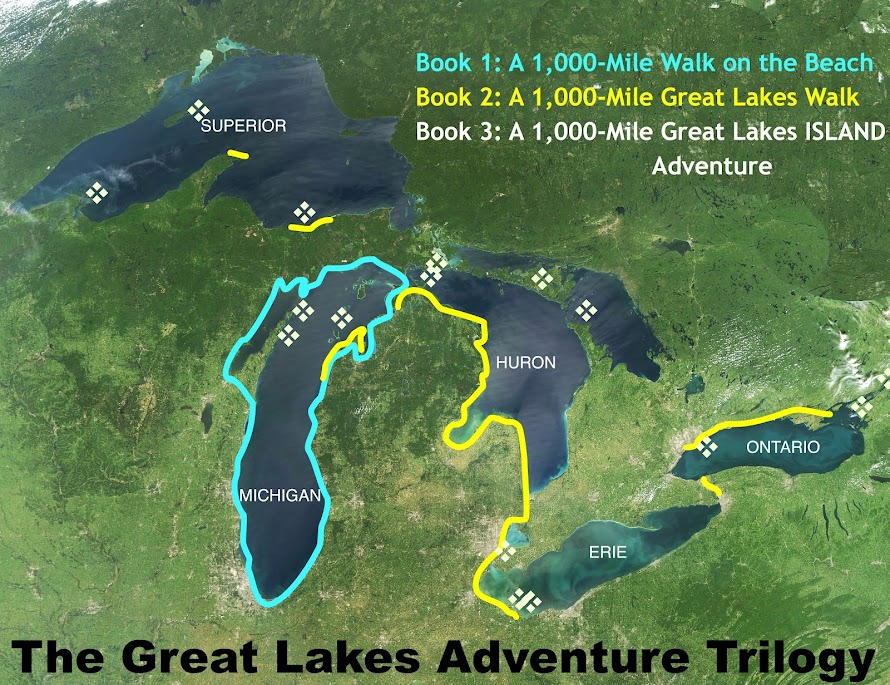Michigan was the first state to initiate legal action to stop the Asian carp from reaching Lake Michigan. Now, Wisconsin joins the battle. Since there are several agencies responsible for maintaining and overseeing the waterways that connect Lake Michigan to the Mississippi River system, legal action may be the only way to prevent this invasive species from entering the lake. The various agencies seem to be playing the 'it's not our responsibility' game and pointing fingers at each other.
The following is from today's BizTimes.com:Wisconsin will join Michigan’s fight to stop Asian carp
Wisconsin Attorney General J.B. Van Hollen said he will join the state of Michigan’s efforts to keep the Asian carp from reaching Lake Michigan.
“I am currently preparing Wisconsin’s response to the United States Supreme Court supporting Michigan’s filing in this matter,” Van Hollen said in a statement. “I remain deeply concerned about this matter and intend to present the best case to protect Lake Michigan and those of us who rely upon and cherish this resource.”
The deadline to file with the U.S. Supreme Court is Thursday, Dec. 31.
“We are going to be making our filing early this afternoon,” said Bill Cosh, communications officer for the Wisconsin Attorney General’s office.
Michigan is seeking an injunction from the Supreme Court to close the Chicago Sanitary and Ship Canal to keep the Asian carp from reaching the great lakes. Experts fear the non-native Asian Carp would devastate the ecosystem of the Great Lakes and destroy native fish populations in the lakes.
Minnesota and Ohio have also filed suit to the U.S. Supreme Court seeking legal means to stop the spread of the Asian carp.
Milwaukee Mayor Tom Barrett sent a letter to Van Hollen this week urging him to join with Michigan.
“I believe that we have reached the point where it is imperative to close waterways in Illinois to prevent the introduction of Asian carp in the Great Lakes,” Barrett said. “Asian Carp pose an economic and ecological threat to the entire Great Lakes, and their entry into Lake Michigan would cause irreparable harm to not only the Great Lakes, but also to Wisconsin’s rivers and lakes.”

















